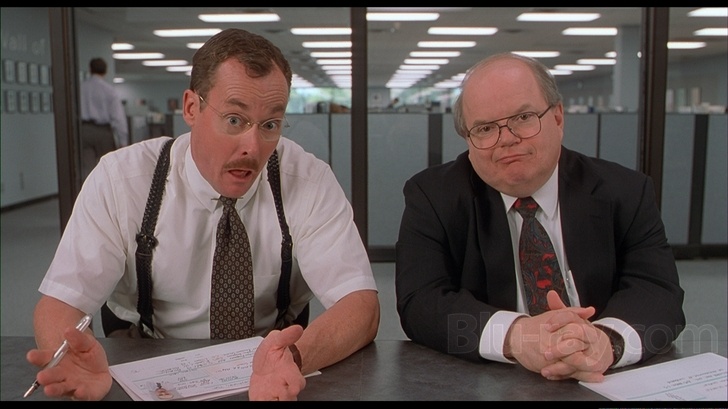
With our previous blog introducing the argument of why you should have structured performance reviews, in this post we dive deeper into how to execute on the performance review that your employees deserve.
Start from the get go
Productive working relationships start from day one. To get it right, you should start when you hire someone.
As pointed out in our guide Hiring Done Right, by building a job description that contains clearly defined and measurable Key Performance Indicators (KPI’s), you will be on the way to having not only productive performance reviews but a great working relationship.
At the start of a working relationship or just after the last performance review period, make sure you set some goals with your employee using the SMART method. In addition to setting task specific goals, it is also helpful to add goals that are relevant to their career aspirations. After all, career growth is what keeps great people around.
To give an example of a SMART goal in practice, lets imagine you are managing a Digital Marketer. A SMART goal to set for the Digital Marketer would be to increase website visits by 10% every quarter.
This goal is SMART because it is:
- Specific: Defines what you want the employee to do (increase website visits)
- Measurable: % of website visits
- Actionable: Increasing websites is a task that an employee can directly be responsible for
- Relevant to the role: Website visits is something that a digital marketer should be directly in charge of
- Time-bound: The time frame of a quarter ensures that the employee has a time frame to work to.
Pro tip ⇒ Follow up every goal setting session by writing down the goals agreed, outcomes and key dates.
Make sure you let all the relevant parties know about this. Following up is the best way to make sure you are on the same page as your employee.
Day to day preparation
While no one likes a micromanager, it is a good idea to schedule regular catch ups with your staff (think in terms of months rather than weeks or days). This will help document their progress and see how they are tracking towards their goals.
A crucial part of this process is collecting all information that you can on how your people are progressing towards their goals. Part of being a great manager means being organized with anything relevant that your employee produces.
Discussions of performance can make your employees feel like they are under siege or that they have done something wrong. To set them at ease about a regular catch up make sure you communicate in advance:
- The purpose of the meetings
- What they should bring to the meeting
- What you want to get out of the meeting
Regular reviews act as a great way to get a feeling for how you are performing as a manager, and whether someone needs more attention, training, or guidance within your team.
After you have a catch up, providing a summary document to the employee will help clarify any action that you will be taking moving forward. This is also another step that shows the benefit of having a regular catch up, after all, no-one enjoys pointless meetings.
While collecting this information, you can categorize it under each of the KPI’s that your employee is being measured on.
While not necessary, employment appraisal software can be very useful for collating all your documents and tracking the progress of your employees. If you want some employee appraisal software to try, check out Small Improvements which comes with a free 30 day trial period.
The review
Regular check-ins and compiling relevant documents should give you enough evidence to conduct a thorough performance review. Regular check-ins also ensure there should be no surprises about how your staff is performing, reducing anxiety prior to the meeting.
Prepare for the review by having a structure in place with clear points and outcomes that you would like to achieve.
Giving your employees a week to prepare any items they want will let them have an opportunity to bring their own talking points to the meeting as well.
Using a system to support your review
If you don’t have a performance review system, then it is best to use a simple template. Here is one that Smartsheet created that we recommend (oh, and this template is free too!).
Having your employee fill out a template will give you a gauge of how they think they are doing. Total transparency will ensure few surprises about what will be raised in the meeting, which will lead to a more productive outcome.
In conclusion
The conclusion of a performance review should leave no guessing about how well an employee has performed. Providing a summary of the employee's performance will ensure that both parties will leave the meeting understanding what the next steps are.
While unanimously disliked, performance reviews are a crucial part of a functional work environment. With the right process in place, it will make it much easier and less stressful to have them, as well as providing you with a fair system that rewards performance, and deals constructively with areas of concern.
(Tick)



